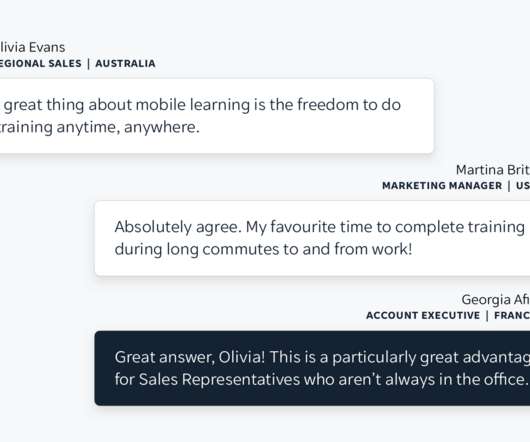Stuart Crabb of Facebook #ASTDTK12
Learning Visions
JANUARY 26, 2012
Facebook didn’t invent that, just created a great tool. What does it mean to be social? We’ve been doing social networking for millions of years. He’s using Facebook timeline to tell the story). Middle ages the Guttenberg Press – huge advance in mass communication. Who is Facebook? It’s not new.












































Let's personalize your content